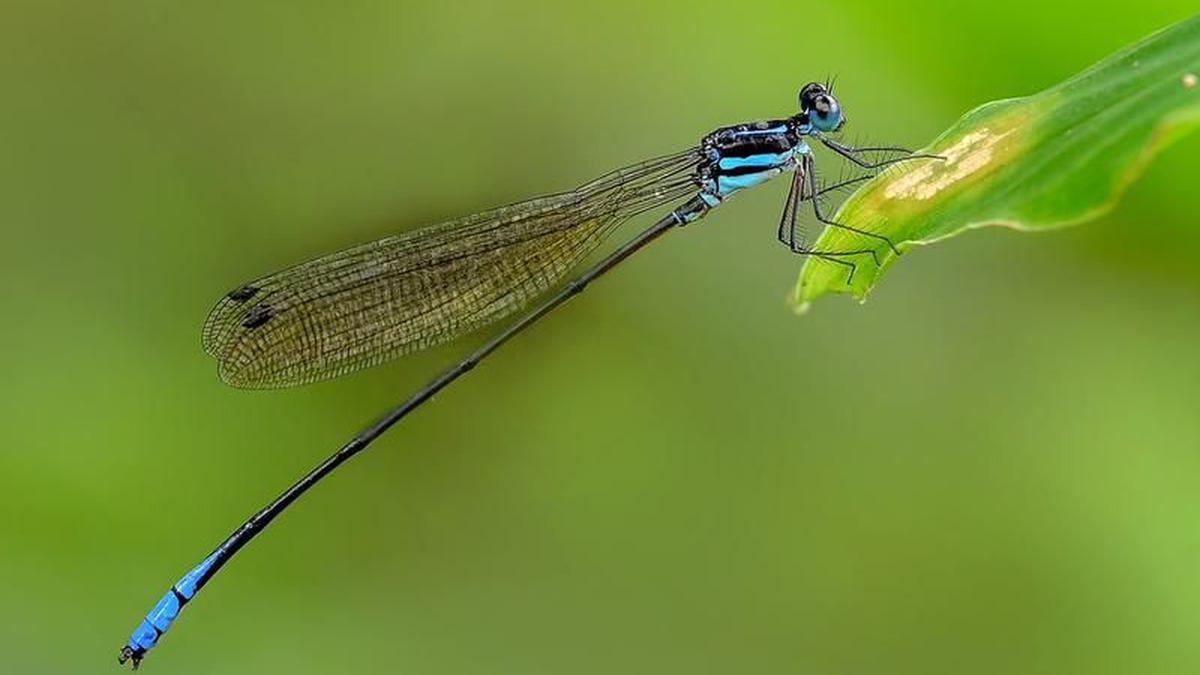





Copyright infringement not intended
Picture Courtesy: https://www.thehindu.com/sci-tech/energy-and-environment/new-species-of-damselfly-discovered-in-ponmudi/article67852949.ece
Context: The discovery of a new damselfly species in Kerala's Ponmudi hills opens up exciting opportunities for exploring the rich biodiversity of the Western Ghats.
About Cliffside Bambootail
|
Feature |
Description |
Significance |
|
Discovery |
New damselfly species found in Kerala's Ponmudi hills |
Adds to the biodiversity record of the region |
|
Species Name |
Cliffside Bambootail (Phylloneura rupestris) |
Belongs to the "bambootails" group due to its elongated abdomen |
|
Genus Significance |
First new species in the Phylloneura genus in over 160 years |
Challenges the previous understanding of the genus being monotypic |
|
Habitat |
Seasonal rills flowing over rock cliffs |
Unique compared to other "bambootails" |
|
Egg-laying Behavior |
Lays eggs in moss beds on rock cliffs |
Differs from the Myristica Bambootail which lays eggs on tree roots |
|
Comparison with Myristica Bambootail |
Similar genus, different species |
Cliffside Bambootail: Rock cliffs, moss beds |
|
Conservation Status |
Currently unknown |
Further research needed to assess threats |
|
Discovery Importance |
Highlights need for more studies in understudied regions |
Contributes to understanding Western Ghats biodiversity |
Conclusion
|
PRACTICE QUESTION Q. What makes the Cliffside Bambootail newsworthy? A) It's the first damselfly named after a rock climbing enthusiast. B) It has vibrant, colorful wings rarely seen in damselflies. C) It represents a new species discovered in India's Western Ghats. D) Its unique diet includes rare, endangered insects. Answer: C Explanation: The Cliffside Bambootail (Phylloneura rupestris) is a newly discovered species of damselfly found in the Ponmudi hills of Kerala, India. It belongs to the group of damselflies known as "bambootails" due to their long, slender abdomens that resemble bamboo stalks. The Cliffside Bambootail is named for its unique habit of laying its eggs in moss beds on seasonal rills that flow over rock cliffs. This is in contrast to other bambootails, which typically lay their eggs on the surface roots of riparian trees. |







© 2025 iasgyan. All right reserved